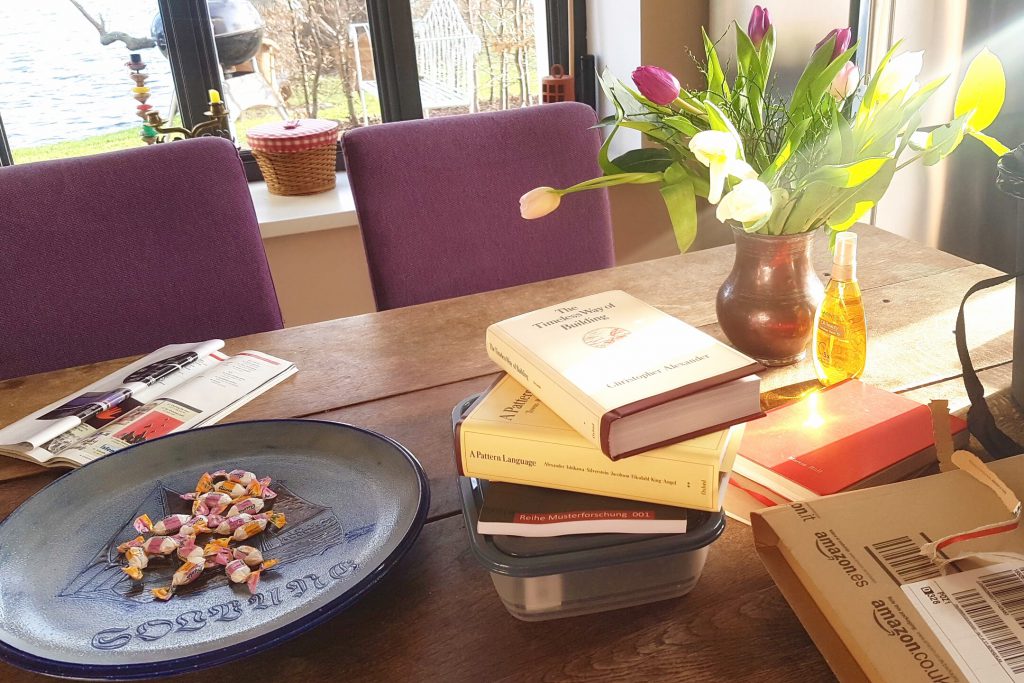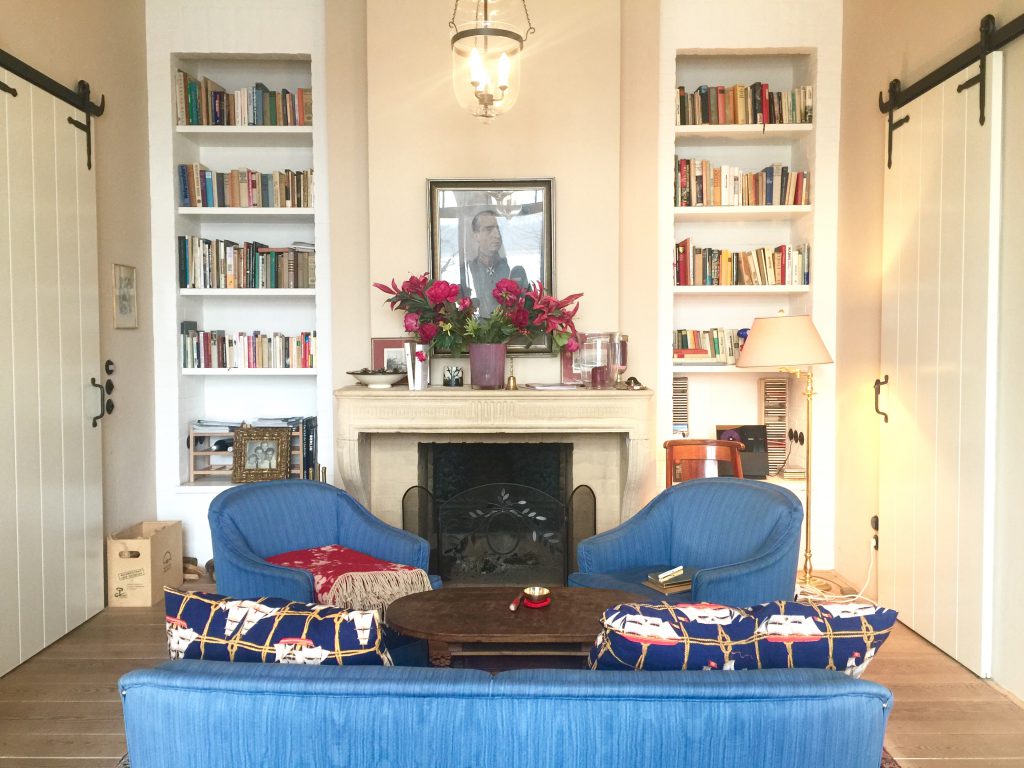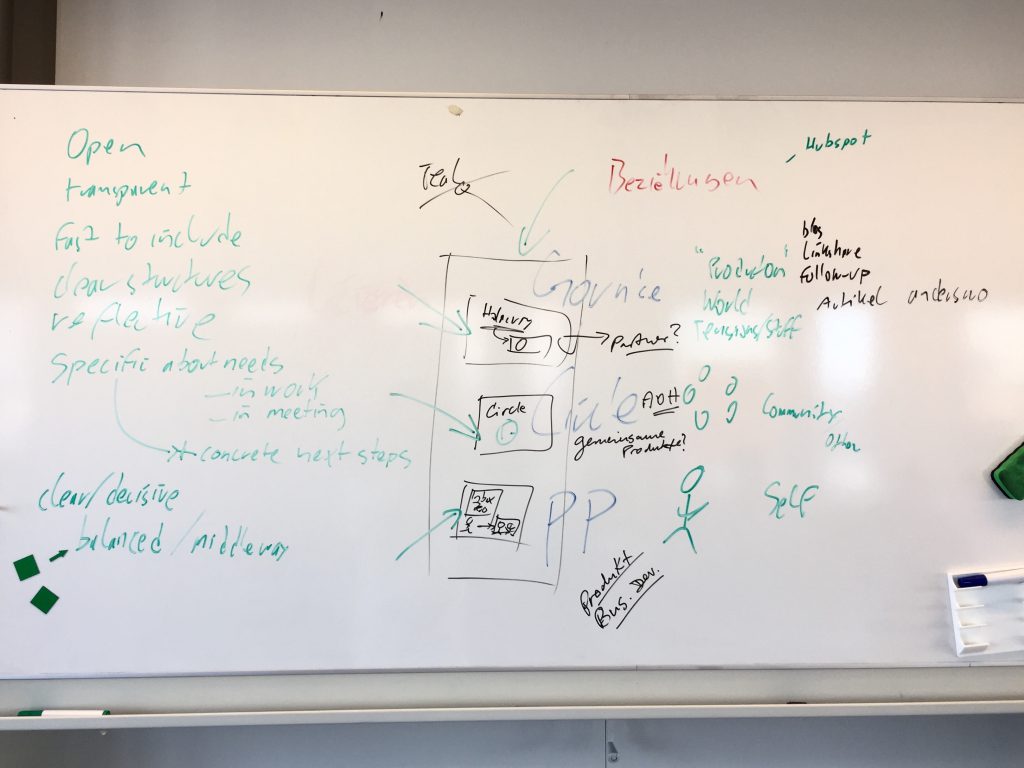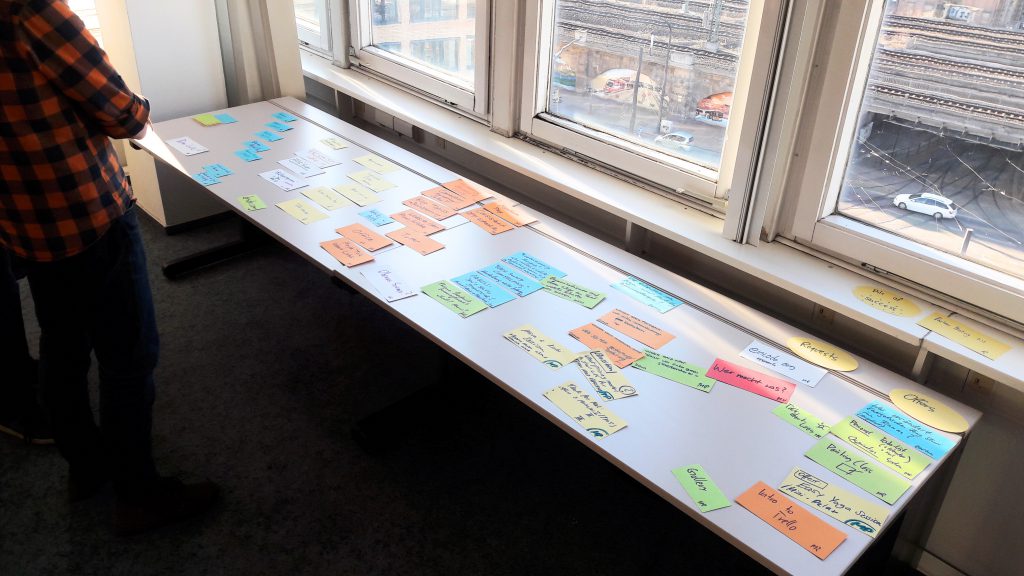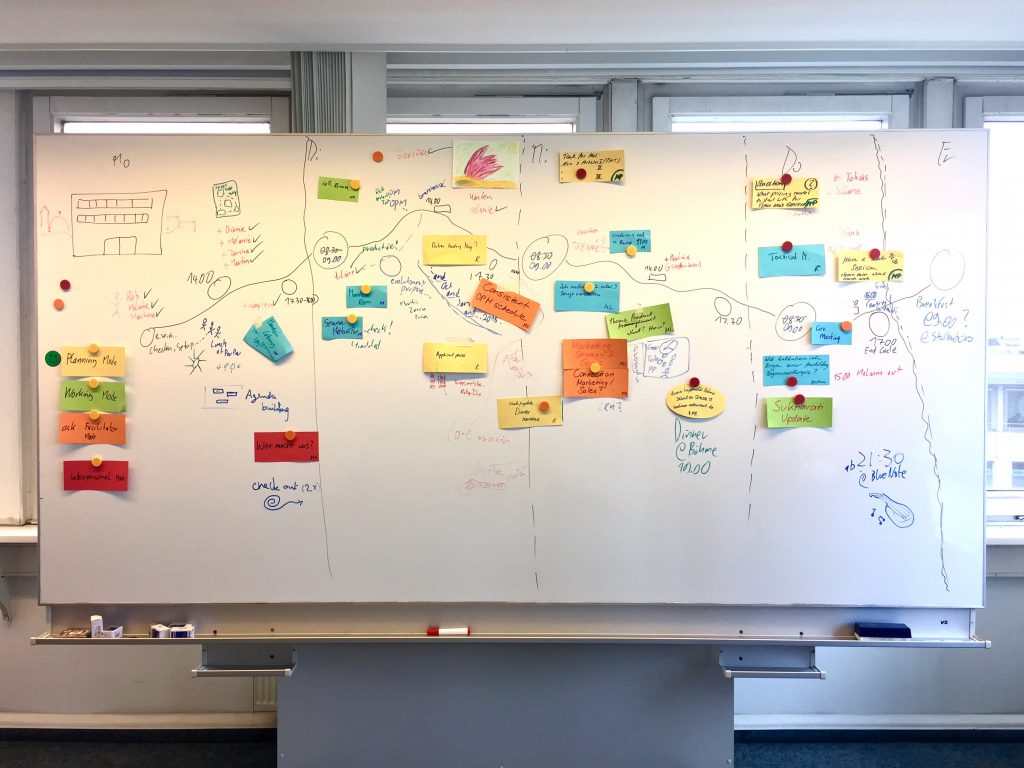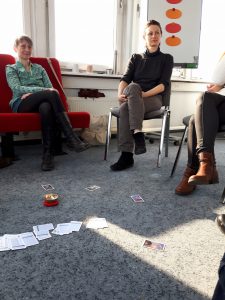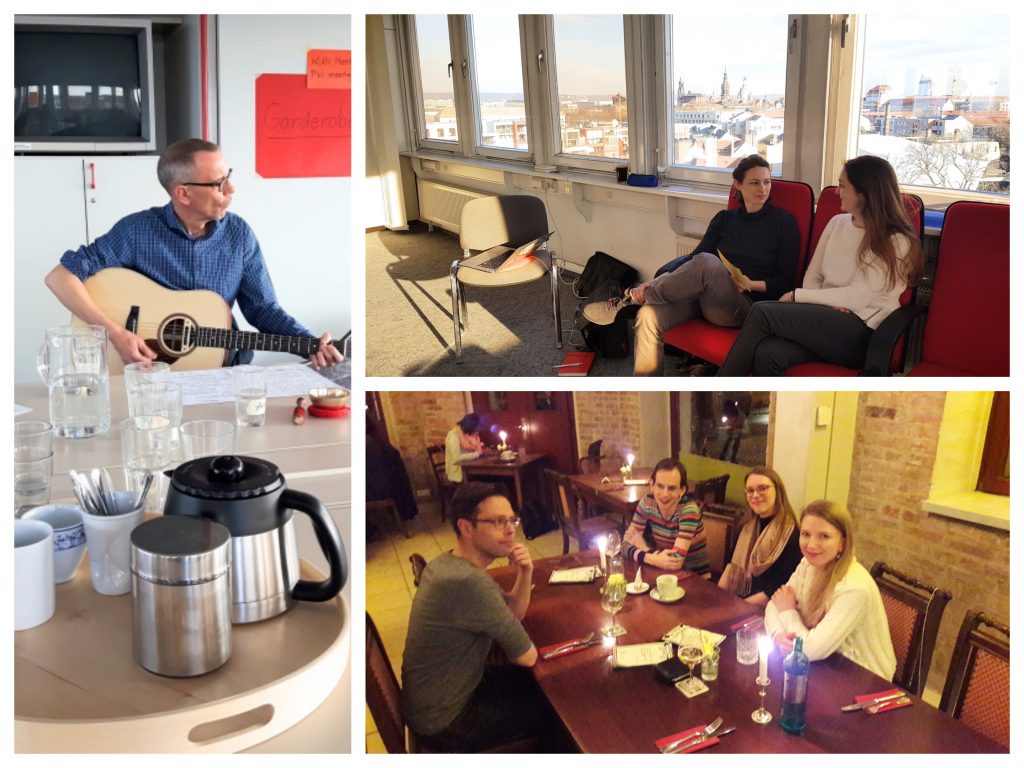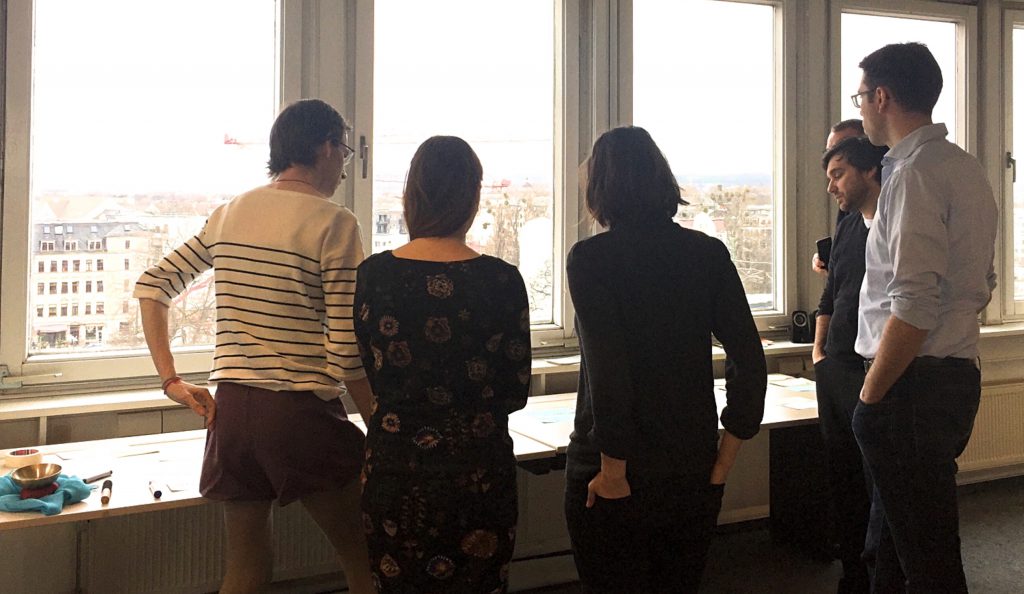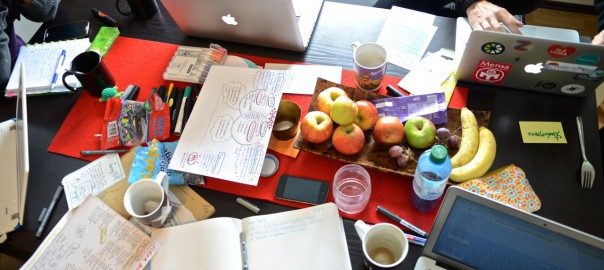Welcome, to what may become a new column here on our blog! With these notes, I want to chronicle our work year and provide updates on what we do and how our thinking and practise develops. I start it as an experiment – your feedback is very welcome!
We started this work year very slowly, and, myself, after coming from a solid, long vacation in December. I worked only from home in the first week of January, sorting out emails, cleaning things up, creating good working conditions.
5 days in the most beautiful of places, reconnecting with each other as coworkers and collaborators, and inviting clients to join us. For what? For being together in mindfulness, to breathe, relax, look deeply into things, and see if work might also happen. Which it did. I was fascinated with how well everything went, with the new ideas that came up (one of which went into practise immediately), with the ease of being together.

Week 3 had a final work team meeting at reinblau, our main organisational development client in Berlin. I was glad to wrap up the work for now, and give it over into full responsibility of the client. The rhythm felt right: There is time for consulting and input and change, and a time to let things settle or unfold in new ways, to step away, and come back at another time.
I got stuck in Berlin with the storm and found myself with a gorgeous room at the Lux 11 for the night, looking out on Alexanderplatz. From there, I ran a call with our new clients in Groningen in the next morning, discussing next steps and setting up a new workshop with them. (We started working with a team of researchers from the University of Groningen in November 2017, working with a process based on our strategy workshop. More to come.)
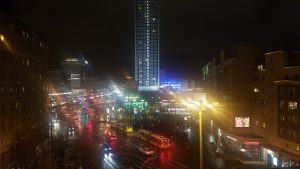
In the final week, I reconnected with Holacracy Club, a Berlin-based community of Holacracy practitioners that I hadn’t been with in many months. I was glad to get updates on what everyone is doing. It turned out that many of us are now consultants! (When I joined in 2016, I was the only one.)
I explored three new incoming work requests from potential clients and produced proposals for all of them.
Our work feels easy and calm and purposeful at the moment. The work load is just right. Occasional feelings of overwhelm point me to better personal organisation, rather than to changes in the company.
We basically function as a team of 2 people now. While last year this has given me some worry about not having enough capacity or not being interesting enough, I now appreciate the ease of coordination and the sense of personal responsibility that this gives us. As we keep the number of concurrent projects low (and are making conscious effort to reduce work-in-progress where we can), we can stay focused and make good progress in all places that need attention.
Good to be writing again. Hello, world.
